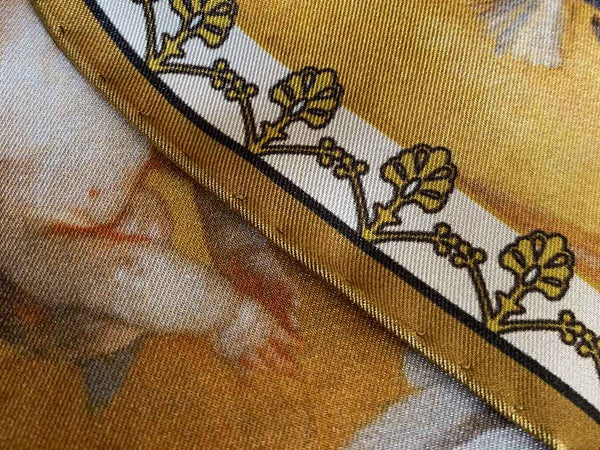Product Focus: The Fall of the Rebel Angels
The fall of the rebel angels was one of the most dominant themes to the Counter-Reformation in the 16th and 17th centuries, which saw a resurgence of Catholicism against the Protestant reformation, as well as internal renewal within the Catholic Church. The story is the first instance of Good vs Evil, after Lucifer and 6 other angels were banished from Heaven.
The Composition
Using a popular theme of the time which allowed the church to present its struggle against heresy, Giordano presents the triumph of Good over Evil showing the angel St Michael in a golden light, with the fallen angels in darkness underneath. The struggling angel represents the triumph of light over darkness, heaven over hell, and the blessed with the condemned, all confined within a confined space thus creating a tension between the two parties.
St Michael is an effortless warrior, depicted as a classical Roman figure, fighting gracefully and elegantly. That he does not use his sword, but rather wields it as a sign of victory, suggests that his appearance alone is enough to cast Satan and his followers to eternal damnation. This is further compounded by St Michael delicately balancing on Satan's shoulder, with his wings reflecting light down upon the cast out angels below.

At 419 cm × 283 cm, the painting was destined to be an altarpiece, however is is not known who originally commissioned the altarpiece, which went to Vienna at an early date. The barons Bartolotti von Partenfeld renovated the chapel of St. Louis in Vienna’s Minorite Church in the late 17th century, and in 1698 donated Giordano’s work for the new altar. The work can be found in the Kunsthistorisches Museum, Vienna where it has been since 1785.
The Artist
Luca Giordano was born in Naples in 1634 and son of the painter Antonio Giordano. Following an apprenticeship to José de Ribera, who heavily influenced his early works, Giordano studied in Rome, Parma and Venice where he developed his Baroque style fusing both Venetian and Roman influences.
At the invitation of Charles II of Spain, Giordano spent a decade at his court where he painted a series of major decorative scenes. One of which, The Allegory of the Golden Fleece, was painted in the Buen Retiro palace that is now an annex of the Prado Museum in Spain.
After Charles II's death in 1702, Giordano returned home to Naples where he continued to paint prolifically in a lighter style until his death in 1705.

Works well with
What Makes Our Pocket Squares So Special?





